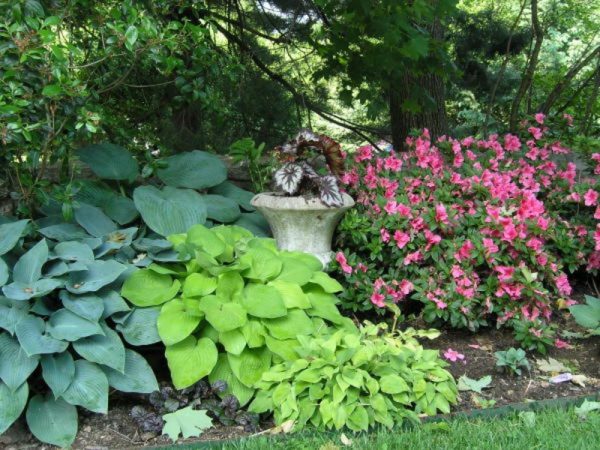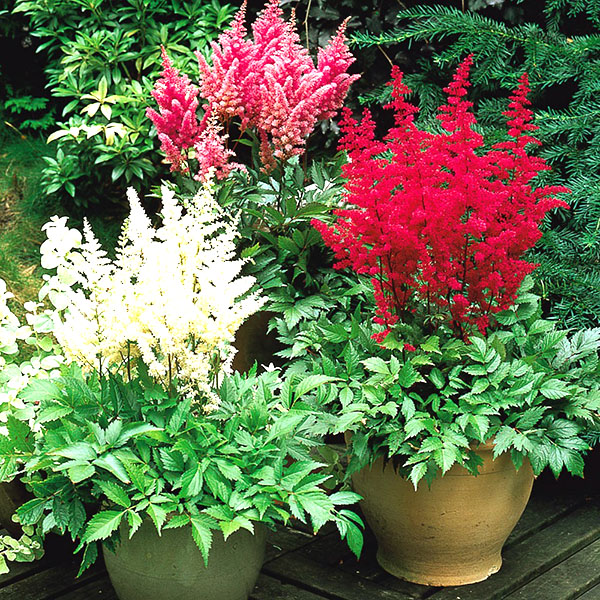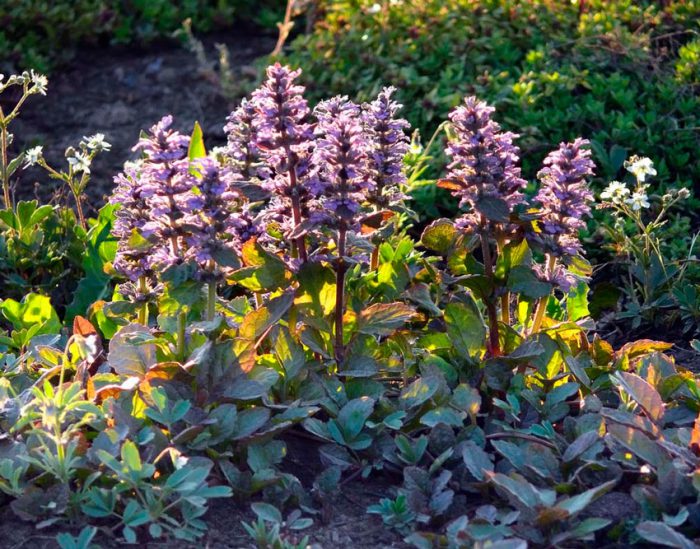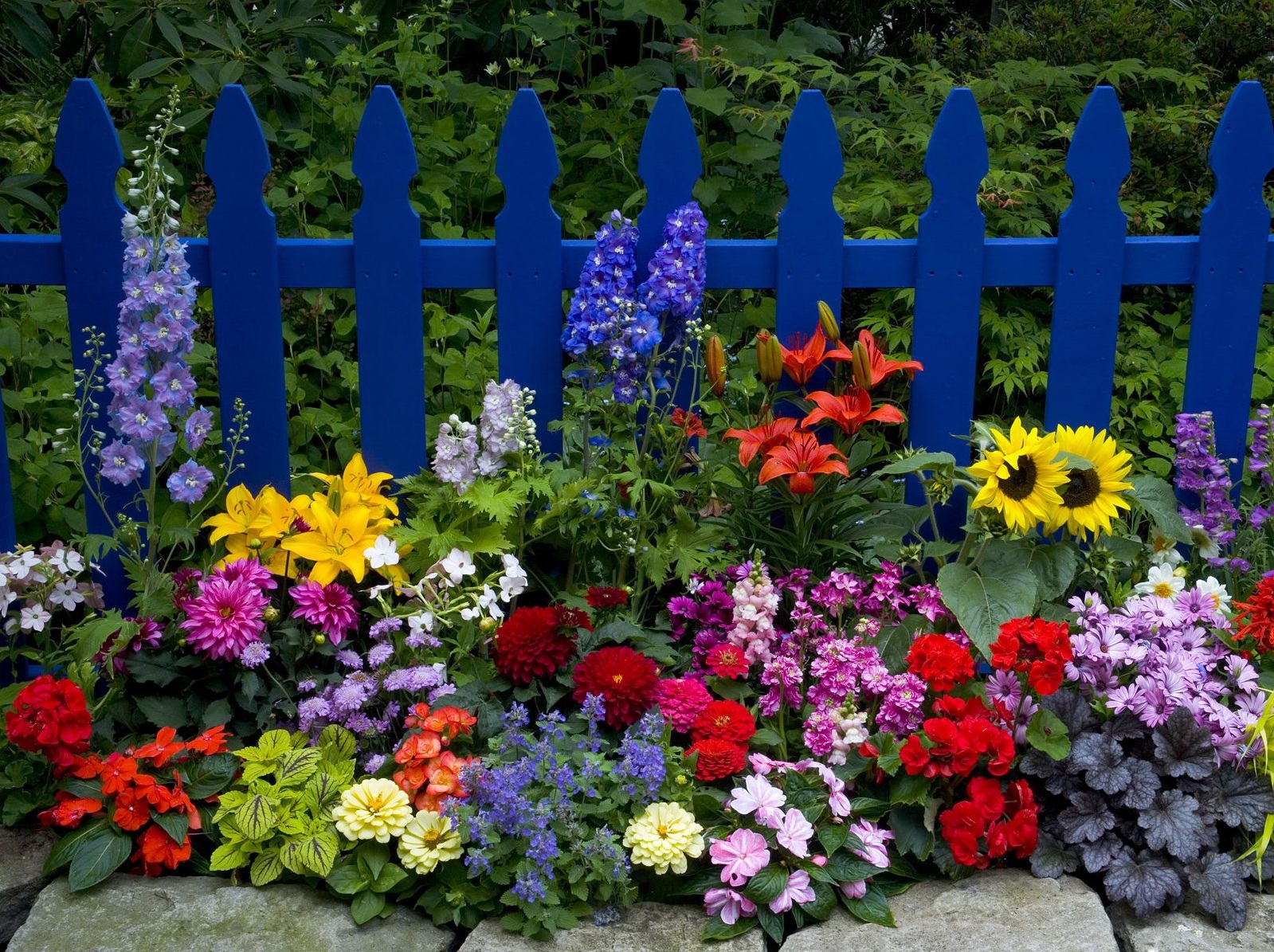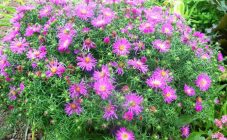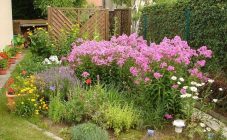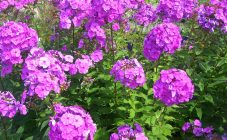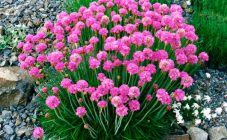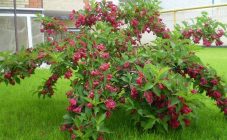Content:
Not all gardeners manage to place a flower bed on their site in a sunny place. Sometimes only a piece of soil in the shade or partial shade remains for flowers. Do not be upset, you can choose a composition of plants that are intended specifically for such areas. In order to get a beautifully designed flowerbed as a result, it is important to know which plants for shady places in the garden (perennials) to choose.
Growing shade-loving plants
Before filling a shady place in the garden, you should decide which perennial flowers like shade in the garden, since the assortment in flower shops is very large. Such crops often only need 4-5 hours of exposure to the sun, the rest of the time they will feel great under the shade of other objects. Plants such as viola, rhododendron, aconites, badan, aquilegia and so on feel great in the shade.
In partial shade, it will not be difficult to create a flower bed; in an area of full shade, it is already much more difficult to build a beautiful composition.
The best plants for shade
The most common shade-loving flowers for the garden are primroses, but after a couple of weeks they fade and disappear. The question of the choice of cultures to replace them arises. There can be many options, but again, you should give preference to colors that also like shade.
Among the brightest representatives of shade-loving colors are the following.
Hosta
This is the best option for a shaded garden, as the hosta grows well in such conditions. The foliage is spreading and grows quickly in the shade; it will not develop so productively in the sun. The shape and color of the hosta leaves depends on the variety. They can be light green, yellowish, or bright green. Some varieties have bright stripes or whitish spots.
Reproduction is carried out by dividing the rhizome, and the larger it is, the more difficult it is to transplant the bush.
The bloom is not very bright and the flowers do not attract the eye. But in the evenings, it is from them that a pleasant honey aroma emanates. These plants have the greatest value for gardeners, thanks to their decorative beautiful foliage.
Fern
The most ancient plant that can be found in absolutely any forest. Ornamental fern decorates flower beds in many garden areas. This is one of the most unpretentious plants against which other flowering plants look beautiful. In a blowing with bright inflorescences, it seems that professional designers worked on the creation of the composition. Reproduction occurs in spores, so do not be surprised that many children will appear in the spring.
Anemone
A ground covering plant that covers the flower bed with a dense carpet. The anemone blooms with beautiful small flowers. The flowering period varies from 2 weeks to 2 months. A very beautiful unpretentious plant that becomes a real decoration of the flower bed.
Phlox
This plant belongs precisely to perennial flowers for shady places, as it does not like bright rays.After sunset, phloxes give off a pleasant aroma. Depending on the variety, the plant can creep along the ground or grow into beautiful bushes up to 1.5 m.
Aquilegia
A feature of this plant is not only a love for shady places, but also for the abundant amount of moisture in the soil. Aquilegia begins to bloom in May, but after a month the flowering stops. Depending on the variety, the color of the flowers differs: white, blue, red, purple or blue.
Since the flowering is not too long, you should immediately think about what to place in the flowerbed later.
Astilba
This flower offers the gardener a large selection of plants of various colors and growth. The minimum varieties do not exceed 30 cm, the highest ones grow up to one and a half meters. Inflorescences are represented by beautiful bright panicles. When planting, you should choose areas with a nutritious slightly acidic soil. The plant is winter-hardy, but in the first year it is still recommended to shelter from the cold.
On a note. Astilbe belongs to shade-loving perennials blooming all summer long, if you select the right varieties for the flowering period.
Lily of the valley
This is a classic traditional version of shade-loving garden flowers for placement under trees and buildings. When growing, it requires careful watering, as well as protection from drafts. If the plant is located in the wind, then the lily of the valley simply will not bloom.
Such a flower does not like other flowers in the neighborhood too much, as well as frequent transplants. Moreover, it grows very quickly. Blooms in May-June.
Primrose
Primula is a beautiful low-growing plant that many summer residents adore. Thanks to the variety of the large color palette, it will turn out to create beautiful compositions on the street. For active growth, the plant needs moist and nutritious soil.
Tenacious
The name fully characterizes the essence of the plant. It takes root quickly and does not require careful maintenance. Watering is needed only during severe droughts. It begins to bloom in May, bloom lasts until June, but at the end it does not lose its beauty, forming a beautiful carpet.
Periwinkle
A beautiful creeping plant that covers the entire free area in the flowerbed, preventing weeds from spreading. It tolerates drought and wet periods perfectly, grows very quickly and blooms beautifully. Periwinkle is characterized by excellent healing properties, but with self-treatment it can be harmful. There is a wide choice of colors: from delicate white to bright red and purple.
How to arrange a flower bed in the shade of perennials
When planning any flower bed, including one located in the shade or partial shade, it is important to choose the right shade-tolerant flowers for the garden, perennial, blooming all summer, taking into account the basic rules of combination. In the background are the tallest perennials, then the middle ones and in the foreground the smallest ones. Thanks to this principle, it will be possible to create a beautiful multi-level summer flower bed.
When decorating a flower bed in the shade, the concept of a competent combination of bright flowering crops and plants with lush greenery is taken as a basis.
You can achieve success using original combinations, here are some of the nicer ones:
- A fern can be planted as a background plant for a lush blooming tiara.A beautiful lush background of green foliage will look very beautiful, if you add an original decorative stone to the composition, then the flower bed will turn out with a twist.
- The combination of a cuff and a clefthoof looks beautiful on the alpine slides.
- A yew shrub can be used for any flowering plant. For example, place an arysema in the center, and lilies of the valley at the edges.
- Compositions of perennials should be supplemented with annual bright flowers every year.
Experts recommend placing tall, perennial shade-loving flowers one by one, low plants should be planted in groups, this will help to achieve the splendor of flowering. If the flower bed will be viewed from different sides, then the tallest flowers growing in the shade in the country for perennials should be located in the center.
To achieve flowering of a flower bed for a whole year, it is necessary to approach with responsibility the choice of all plants. Before purchasing and planting, the characteristics of each potential culture are studied.
Caring for flowers in the shade
Shade-loving perennial flowers are not demanding to care for and are very often not capricious to the soil itself, but all the basic rules of agricultural technology when growing them must be observed.
First of all, it is worth paying special attention to the soil, as it has its own characteristics. There may be two options: the soil is too dry, since during precipitation little moisture gets there, or, conversely, the soil retains moisture too much. Hence, additional care follows.
When watering, you should monitor the moisture content of the earth at a particular moment. It is important that it does not dry out, but also does not turn into a swamp.
It is simple to care for such plants:
- Watering as required;
- Fertilizing twice a season (the first time, in early spring, nitrogen should prevail in the composition to stimulate greenery, the second time they prefer phosphorus and potassium compositions);
- Loosening and removing weeds;
- Removal of dry inflorescences;
- Shelter for the winter, if necessary.
As you can see, shade-loving plants for flower beds are very diverse. If you wish, you can create a unique, beautiful flower bed that will delight you with its attractive appearance throughout the season.
